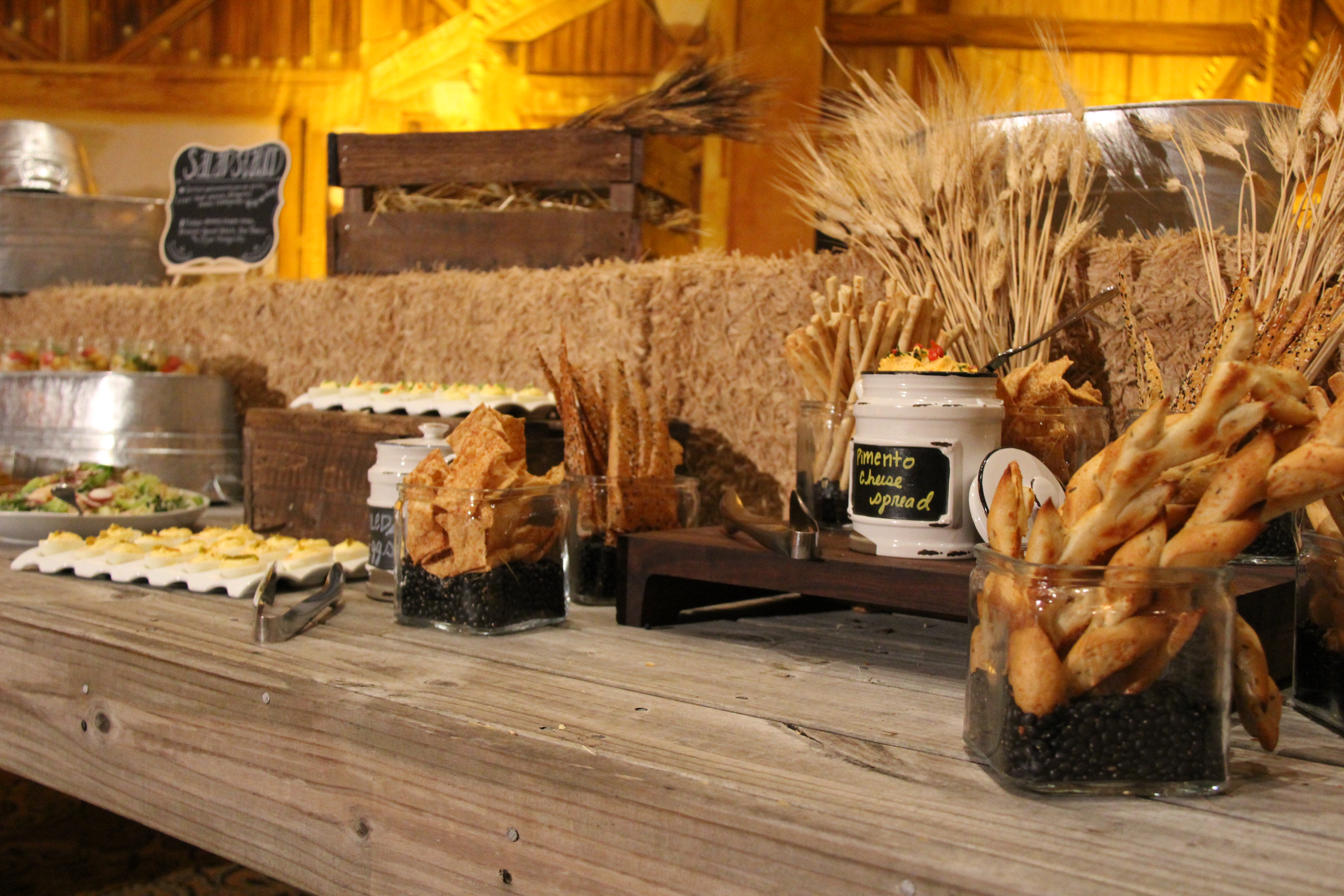Around the country, executive chefs and catering managers are exploring flavor profiles that put rubbery chicken and rice pilaf to shame.
“Dining habits have changed,” said David Morgan, VP of food and beverage, Omni Hotels & Resorts. “People are willing to explore in a different way than when we were young. The customer is willing to try different types of food—different types of beef or different preparations like braised chicken thighs, slow cooking or sous vide. We can introduce all kinds of ethnic foods and flavor profiles.”
It’s more widely accepted, he added. “We’d rather have guests say it’s too spicy instead of a dish is blah. We want to make sure they can taste our food.”
Deep in the heart of Texas, catering can be sophisticated, according to Peter Schreurs, director of food and beverage, Royal Sonesta Houston, which has 50,000 square feet of meeting space.
“When guests ask for ‘Houston,’ they are asking for ‘Texas,’” he said. “We can tie in quite a few elements into our menus but guests think of cowboys when they come here so it's a Catch-22. Houston has an enormously diverse culinary scene so the sophistication you’ll see on our menus is not just steak and potatoes. We have our own smoker. We really put out a high-quality typical Texas experience, but what we do best is tie those elements into a sophisticated meal.”
Morgan said location expectations are well established when people travel and catering and banquets need to honor that expectation. “If you don’t deliver on that, you become generic,” he said. “You need to understand the cuisines of the part of the country you're in.”
Even for the biggest venues, customers still expect customized and localized menus.

At the Gaylord Opryland Resort & Convention Center in Nashville, customers want to see chef-inspired dishes, said Michael Hiltabidel, director of event planning and catering at the convention center hotel with more than 700,000 square feet of meeting space.
This fall the Gaylord started offering a barbecue rub station where the chef puts out seven or eight spices and talks to attendees about the taste you’ll get with each spice. Guests take the spices home in a paper bag that can be logoed by the event host, he said.
Fall also is biscuit season in Nashville and banquet attendees enjoy house-made biscuits and jam, Hiltabidel added. A biscuit bar option allows guests to mix biscuits with specialty items, such as smashed sweet potatoes, with ovens on site. The biscuit bar activity also lets attendees mix their own jams in mason jars. The F&B team makes the base of the jam and then guests mash their own fruit.
Morgan called the new ability to serve a variety of good food to groups as stealth health: “Where the dishes use less ingredients, but the right ingredients, making the food flavorful for everyone.”
The complement of food becomes something for everyone, so vegetarians, gluten-free diets and others feel comfortable choosing something that suits them.”
Similarly in Houston, the current value-focused approach works well with the small-plate trend. The downturn in the oil industry has created a need for value with catered events in the market, according to Schreurs. “Those that still provide all meals to attendees, there is desire to add value to those meals and we can do that in a lot of different ways.”
“We’ve steered away from big bowls of food and we’ll do individualized services for 400 to 500 people,” he said. “We can try different things on the buffet and it presents it in an upscale way. It helps to broaden the selection of foods—with the trends on dietary restrictions for attendees, the small plate helps us and it adds value to the traditional buffet meal.”
